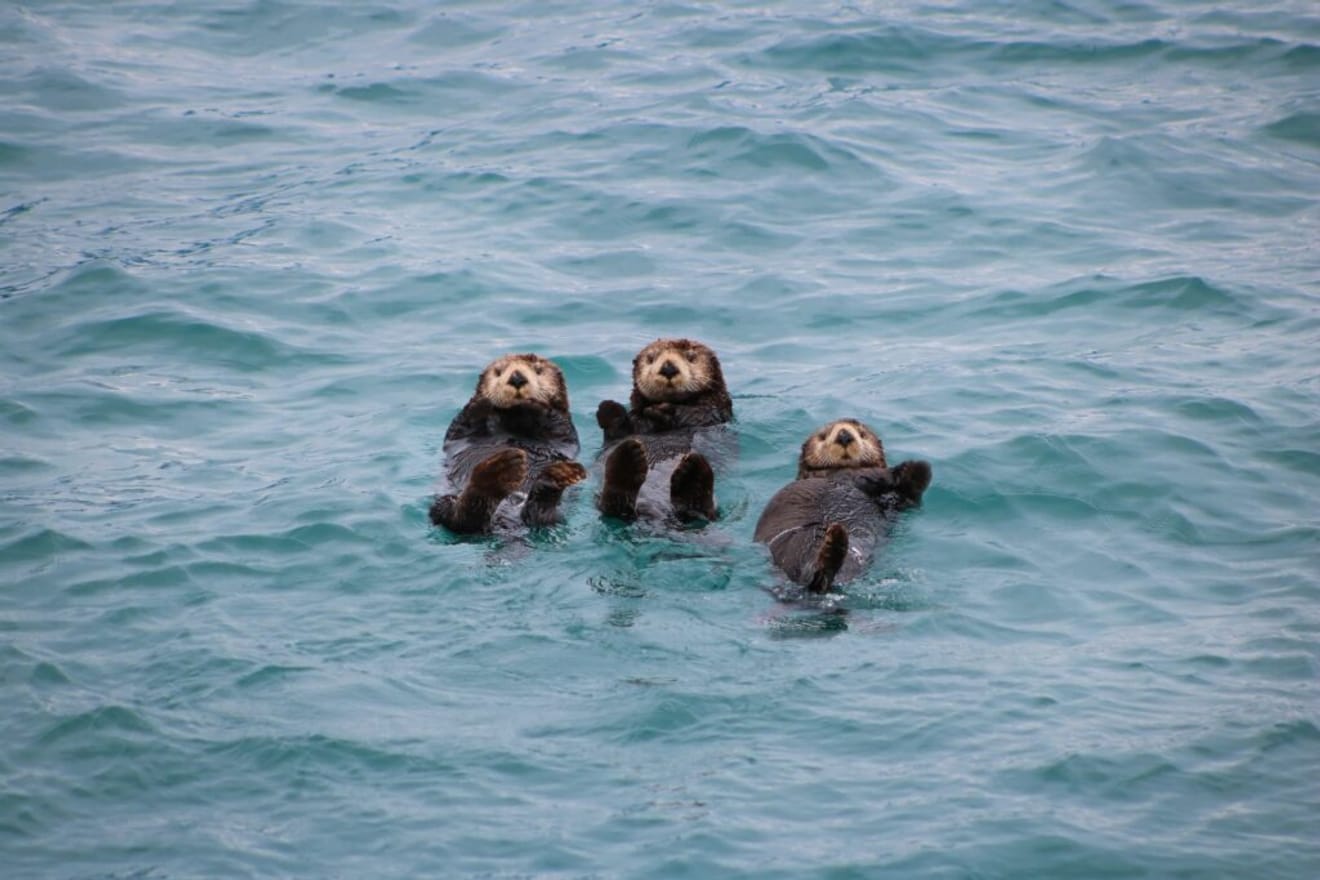Subject
- #Endangered Species
- #Marine Otter
- #Otter
- #Sea Otter
- #Endangered Animals
Created: 2024-01-24
Created: 2024-01-24 17:29
Otters, sea otters, marine otters... At first glance, they all look similar, making it difficult to distinguish them. They share two things in common: they all have adorable appearances, and they are all endangered species.

New Forest wildlife park
First, otters are animals that inhabit freshwater environments such as rivers and lakes in Europe, North Africa, and Asia. Otters belong to the Mustelidae family and have a sleek, streamlined body that is perfectly suited for aquatic life. This body shape allows them to swim and turn quickly in the water, making them apex predators in rivers. The outer and inner fur covering their entire body helps them maintain their body temperature even in the cold winter. It is said that the fur density of otters is also among the highest among animals.
Otters are listed as a Near Threatened (NT) species on the International Union for Conservation of Nature's (IUCN) Red List, an endangered species list. Although their extinction risk is relatively low, they are designated as Endangered Wild Animals of Grade 1 and a Natural Monument in South Korea. One of the reasons for the endangered status of otters is that they are often involved in traffic accidents while traveling outside of their river habitat. Another reason for their endangerment is hunting. People indiscriminately hunt otters to use their dense fur for making clothing such as hats and scarves.

Science World, photo by Kedar Gadge
Sea otters, often seen floating on their backs in the sea, are also famous as characters in the anime "Bonobono." As their name suggests, sea otters are animals that live in the sea. They belong to the same Mustelidae family as otters, but they have a longer body and shorter tail than otters. While otters have a slender body ideal for swimming in narrow rivers, sea otters, inhabiting the vast Pacific Ocean, have a shorter and rounder appearance. Like otters, sea otters also rely on fur for thermoregulation. This is why, like otters, they are exposed to the risk of hunting.
Sea otters are also considered endangered species. They are listed as Endangered (EN) on the IUCN Red List, a higher risk category than otters. Similar to otters, poaching by hunters seeking their fur is a major reason for their endangerment. Fortunately, the international community has recognized the severity of the illegal sea otter hunting issue, and international protection efforts are underway.

IUCN
Many people mistake marine otters for the same species as sea otters due to their similar names. However, marine otters and sea otters are distinct species. As their name suggests, marine otters live in the sea, primarily along the coast of South America. Although their habitat is similar to sea otters, their appearance is more akin to otters. Their long, extended tails resemble those of otters, but they appear slightly plumper. Another difference is that while otters are nocturnal, marine otters are diurnal.
Marine otters are also endangered. They are classified as Endangered (EN) and are affected by marine pollution caused by wastewater discharged from cities, and they often encounter conflicts with humans due to their coastal habitat. Because marine otters primarily feed on crustaceans like crabs and shrimps, some people kill them, believing they interfere with fishing activities. They are also affected by oil spills from transport vessels.
Otters, sea otters, and marine otters, beloved for their cute appearances, are actually targets of human hunting or sources of conflict with humans. Just as humans want to protect their own habitat, we also hope that humans will protect the habitats of animals and their food sources, as much as they want to maintain their livelihoods.
Comments0